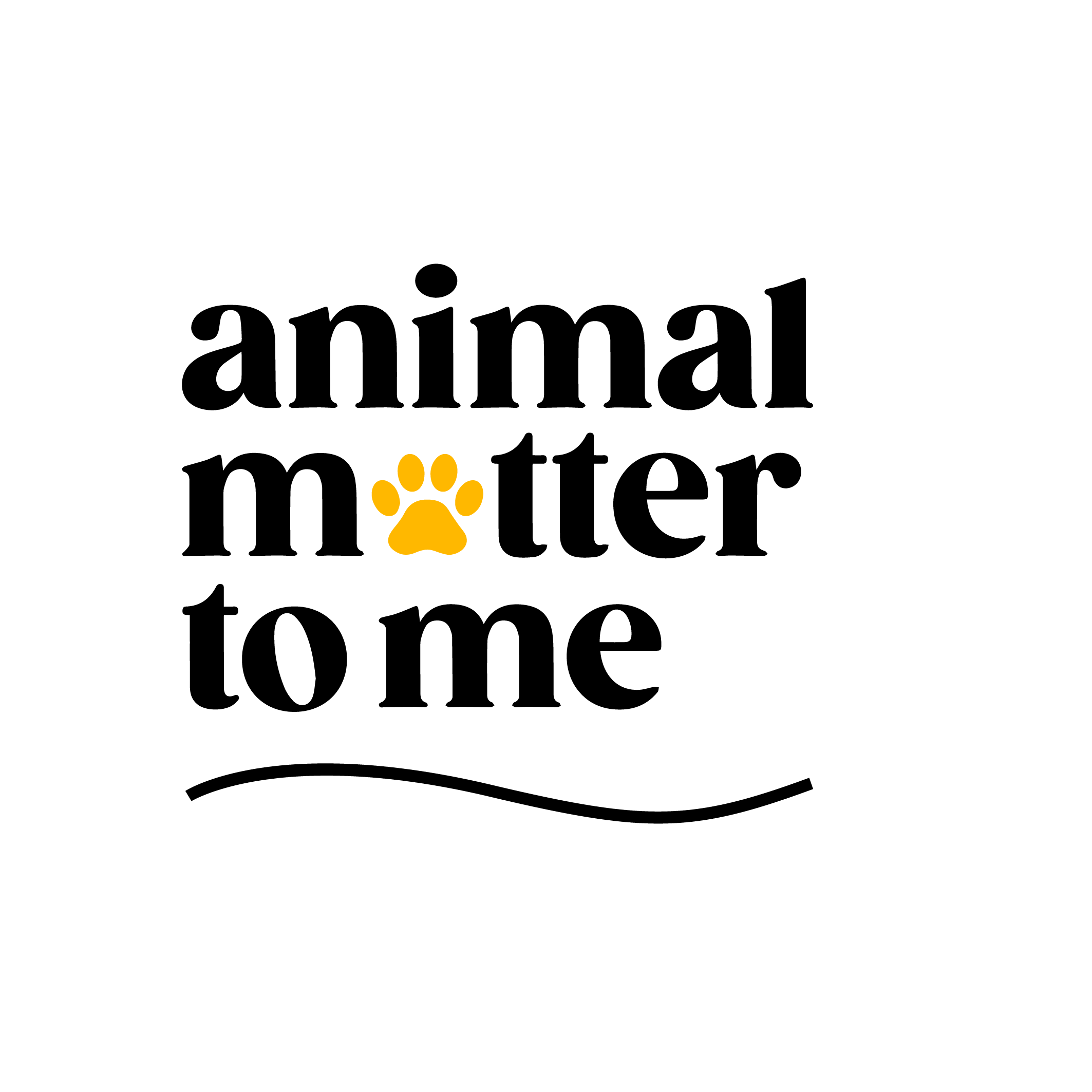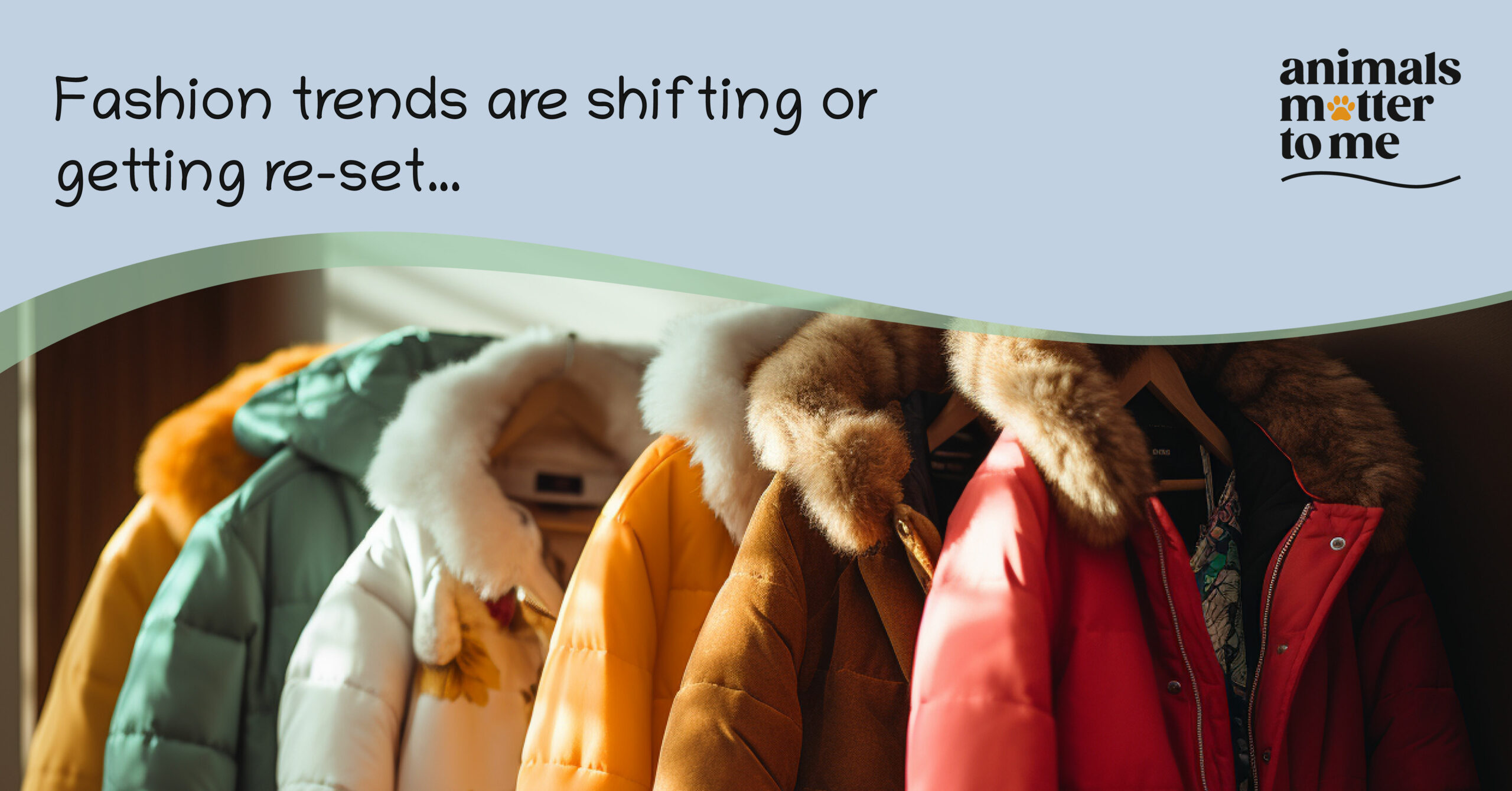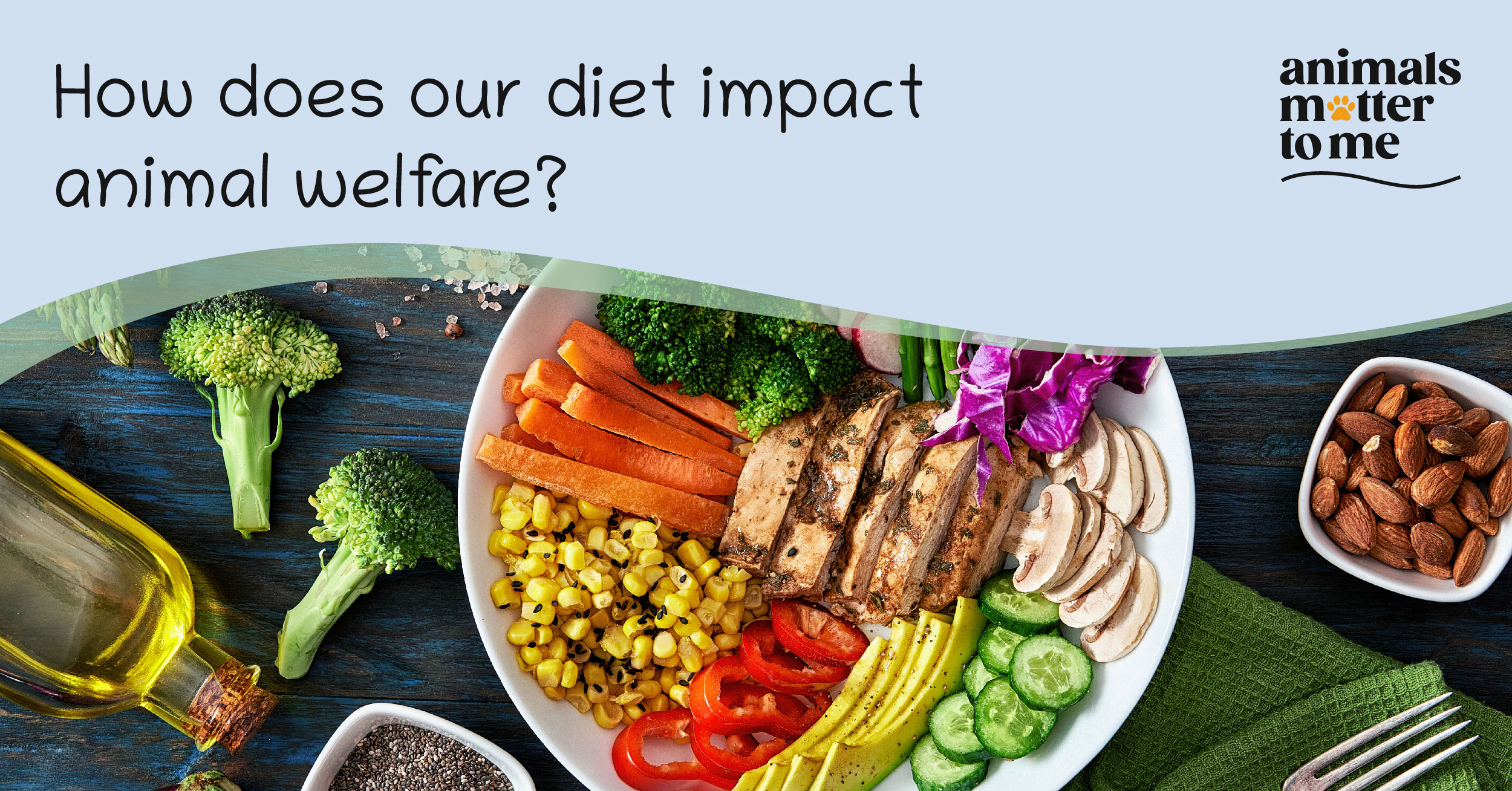If you were asked to name an industry that’s both diverse and bizarre -what would you say? Fashion? Isn’t the fashion industry too bizarre to be true and too diverse to spoil us for choices at times? Last September, the culmination of New York Fashion Week depicted a different trend in the fashion industry. Contrary to the earlier years, 2023 observed a sharp decline in the usage of animal fur in the garments showcased. Now, is this a resetting of a newer trend with rising veganism or is it a new fad with people becoming more compassionate towards animals? Quite debatable, isn’t it? It’s mainly because some designers still choose to continue using real fur, while others have embraced alternatives and adopted fur-free policies.
Many renowned labels abstained from the use of animal fur even though the organisers never banned the usage. This shift was largely driven by ethical concerns and changing consumer attitudes toward animal welfare, as per a few global brands.
There are several compelling reasons why fashion designers may choose to go fur-free:
Ethical concerns: One of the primary reasons designers opt for fur-free fashion is ethical considerations. The fur industry often involves the use of inhumane practices in fur farming, which can include confined living conditions, poor treatment, and cruel killing methods. Many designers and consumers find these practices objectionable and choose to avoid using real fur to support animal welfare.
Increased market share – changing consumer preferences: Consumer attitudes have shifted significantly in recent years. Many people are becoming more conscious of animal rights and environmental issues. As a result, there is a growing demand for fashion products that align with these values. Designers who go fur-free can appeal to this consumer base and potentially increase their market share.
Environmental stewardship: The environmental impact of fur production is another pivotal factor. Fur farming is resource-intensive and often involves the use of chemicals and energy-intensive processes. In contrast, fur-free fashion is seen as a sustainable choice, aligning with the broader trend toward eco-friendly and responsible fashion practices.
Positive brand image: Adopting fur-free policies can enhance a brand’s image and reputation. It portrays the brand as socially responsible, compassionate, and forward-thinking. This positive perception can resonate with consumers and improve a company’s public relations.
Innovative alternatives: Advance innovations in textile technology have led to the development of high-quality synthetic and alternative materials that mimic the look and feel of real fur. Designers are experimenting with these innovative materials and creating fur-free fashion items that are cruelty-free and aesthetically pleasing.
Reduced production costs: Fur farming and processing can be expensive and resource-intensive. Designers find shifting to fur-free materials leads to major savings in their production costs.
Zero controversy: The use of real fur in fashion can be controversial and attract negative attention from animal rights organizations and activists. Going fur-free can help designers avoid potential protests, boycotts, and negative publicity.
Ultimately, the decision to go fur-free depends upon individual discretion. People consider ethical, environmental, consumer, and business aspects before making such a move. Different designers and brands may have their own reasons for adopting fur-free policies, but the overarching trend reflects a broader shift in the fashion industry toward more responsible and ethical practices.




